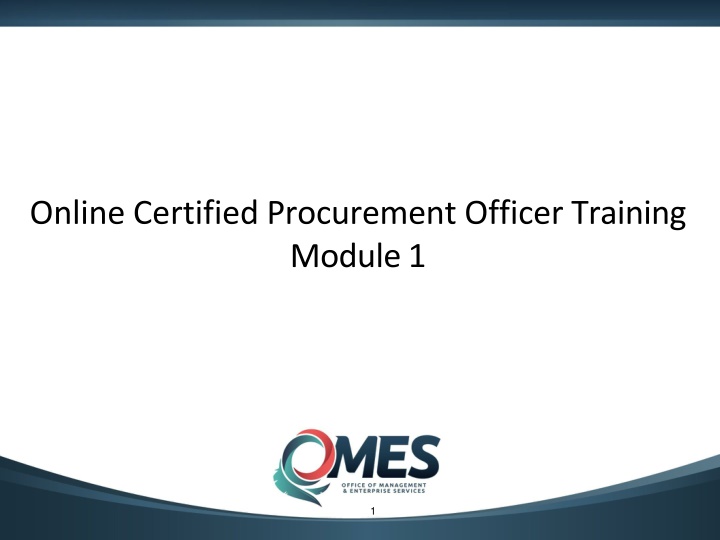
Certified Procurement Officer Training Overview
This online training module provides a comprehensive overview of certified procurement officer training, covering the hierarchy of legislation, procurement rules, foundational understanding of procurement processes, and key resources. Learners are guided through modules in a structured manner, focusing on understanding each module thoroughly before progressing. Key topics include procurement definitions, business practices, fiduciary duty, and more. By the end of the course, students are expected to have a solid grasp of procurement fundamentals and public procurement objectives.
Download Presentation

Please find below an Image/Link to download the presentation.
The content on the website is provided AS IS for your information and personal use only. It may not be sold, licensed, or shared on other websites without obtaining consent from the author. If you encounter any issues during the download, it is possible that the publisher has removed the file from their server.
You are allowed to download the files provided on this website for personal or commercial use, subject to the condition that they are used lawfully. All files are the property of their respective owners.
The content on the website is provided AS IS for your information and personal use only. It may not be sold, licensed, or shared on other websites without obtaining consent from the author.
E N D
